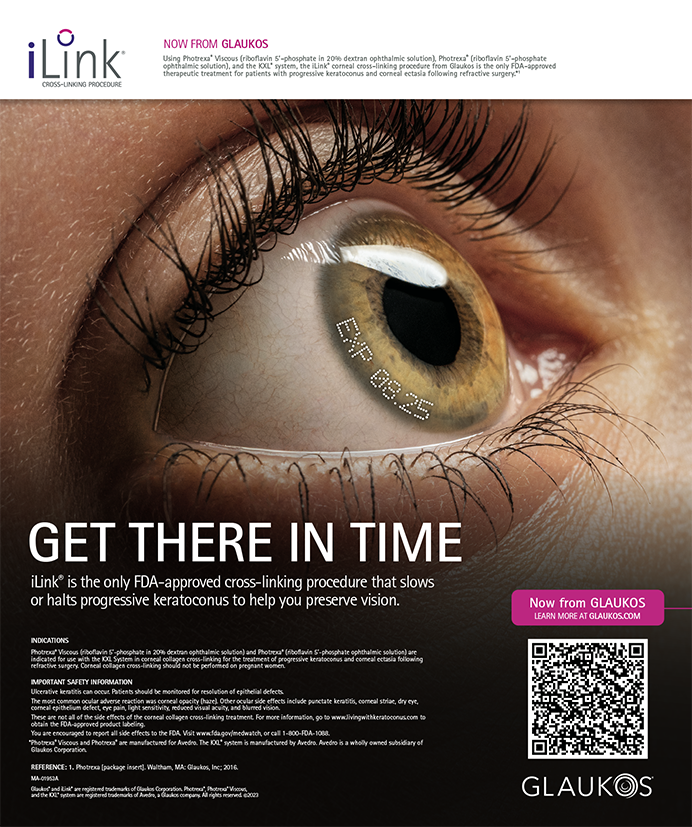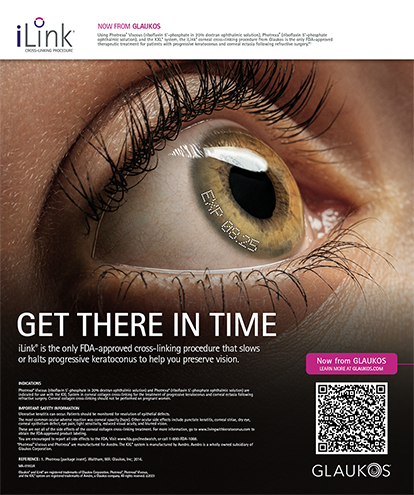

As reimbursement rates from commercial payors and government entities continue to decline and the costs of maintaining a high-quality practice increase, physicians are exploring alternatives to traditional practice models. These alternatives might offer better financial prospects or a more balanced lifestyle. The two alternative models most often considered are concierge practices and direct care practice models. Both come with their own set of regulatory challenges, especially in terms of interactions with Medicare beneficiaries.
TWO ALTERNATIVE MODELS
Concierge medicine. This model emphasizes premium services beyond what health plans cover, such as wellness lab panels, in-depth screenings, or home visits. To provide these services and ensure timely access, concierge practices often have fewer patients. Physicians may work with government and commercial insurance plans or opt for a cash-only system. Patients typically pay higher annual or monthly membership fees, sometimes with additional fee-for-service charges.
Direct care model. Focusing on efficiency and affordability, this model offers a set package of services, including extended visits and comprehensive care management. Unlike concierge medicine, direct care practices do not accept government or commercial insurance but instead rely solely on direct payments, usually through modest monthly fees from patients or their employers. Physicians in this model manage more patients than in concierge practices but fewer than in traditional practices.
KEY CONSIDERATIONS FOR TRANSITIONING PRACTICE MODELS
At the outset. Before transitioning to a new practice model, ophthalmologists must evaluate several critical factors. First, it is essential to align the new model with the physician’s practice goals and be prepared for operational changes. The impact on the patient base must be considered: a shift to a model with higher out-of-pocket costs might not be feasible for all long-standing patients, potentially requiring them to seek care elsewhere. This transition may also raise public image concerns, particularly if patients feel neglected or disregarded.
Agreements. In concierge and direct care practice models, both patients and providers should have a clear written agreement. This agreement should explicitly define and list the pricing for all services offered. For those providers intending to accept insurance, it is crucial to clarify in the patient contract which services insurers will bill, which ones patients will pay for directly, and which are included in the membership fee.
State insurance laws play a significant role in shaping these agreements. Providers must be cautious to avoid arrangements akin to full-risk value-based care practices. In these setups, the provider takes on the financial responsibility for the patient’s entire care spectrum in return for a fixed fee. Such arrangements are often viewed as insurance practice in many states, triggering a plethora of legal requirements before one can provide these services to patients.
Patient abandonment. Providers moving from traditional practice models to concierge or direct care should be mindful of their state’s standards regarding patient abandonment. With a shift to a concierge model, some patients may not transition to the new practice. Licensed clinical professionals are ethically and legally obliged to provide sufficient notice to patients about this change in business model. Moreover, they must allow ample time for patients to secure an alternative health care provider if desired.
Medicare. Another key consideration for physicians exploring nontraditional practice models is their Medicare enrollment status. Physicians interested in Medicare have two primary contractual choices, with a third option available to certain eligible providers.
First, any physician can become a Medicare-participating (PAR) provider. This involves submitting an enrollment application and signing a PAR agreement. By doing so, they agree to accept Medicare’s allowed charge as full payment for services to all Medicare patients.
Alternatively, a physician may opt to become a non-PAR provider. This path also requires submitting an enrollment application, but the physician chooses not to sign a PAR agreement. In this scenario, the physician has different billing and reimbursement arrangements compared to PAR providers.
Finally, certain eligible providers—excluding chiropractors, occupational therapists, physical therapists, and a few others—have the option to opt out of the Medicare program completely. Providers who choose this route are not permitted to bill Medicare for any services. This option grants them certain flexibilities in dealing with Medicare patients, however, which are not available to PAR and non-PAR providers.
PAR providers. PAR providers in Medicare agree to specific terms when treating Medicare patients. They commit to accepting assignment for all Medicare claims, meaning they agree to file claims for all covered services provided to Medicare beneficiaries. These providers accept the Medicare fee schedule as full payment and hold patients responsible only for up to 20% of the coinsurance and any unmet deductibles.
For services not covered by Medicare, such as those often included in a concierge practice, Medicare beneficiaries must be given an Advance Beneficiary Notice. This notice informs them that Medicare will not cover these services’ costs.
To adhere to these Medicare assignment requirements, PAR providers in nontraditional models must be particularly cautious not to exceed the allowed cost-sharing amounts for any covered services. This includes charges within a bundled membership fee. The Office of Inspector General (OIG) has highlighted the risks of penalties and exclusion from Medicare for charging Medicare patients for covered services. In a 2004 provider alert, the OIG cited a case where a physician violated their agreement by charging an annual fee for a bundle of services that included some Medicare-covered services, including “coordination of care with other providers,” “a comprehensive assessment and plan for optimum health,” and “extra time” spent on patient care.1 Providers in concierge or direct care participating in Medicare should ensure that services covered by membership fees are strictly non-covered by Medicare.
Non-PAR providers. Unlike PAR providers, non-PAR providers are bound by a limiting charge on all covered services for Medicare patients. Although they must file claims with their Medicare administrative contractor (MAC) for all covered services provided to Medicare patients, they have the flexibility to decide whether to accept assignment on a claim-by-claim basis.
Opting out of Medicare. Providers choosing to opt out of Medicare must adhere to specific requirements before providing services to a Medicare patient. During their 2-year opt-out period, they can charge Medicare patients any mutually agreed-upon amount for both covered and noncovered services. Not every provider, however, is eligible for opting out of Medicare (see Who May Opt Out of Medicare?).
Who May Opt out of Medicare?
Eligibility for opting out of Medicare is limited to specific types of practitioners. The following professionals are entitled to apply for opt-out status:
- Physicians (including doctors of medicine, doctors of osteopathy, doctors of dental surgery or of dental medicine, doctors of podiatric medicine, and doctors of optometry);
- Physician assistants;
- Nurse practitioners;
- Clinical nurse specialists;
- Certified registered nurse anesthetists;
- Certified nurse-midwives;
- Clinical psychologists;
- Clinical social workers;
- Registered dietitians; and
- Nutrition professionals.
Decisions about private contracting cannot be made on an individual case or patient basis. Eligible providers who decide to opt out of Medicare are prohibited from submitting Medicare claims for any of their beneficiary patients for a period of 2 years. Non-PAR providers may opt out of Medicare at any time. To opt out, a provider must complete and submit a written opt-out affidavit to their MAC. This continuous 2-year opt-out period begins on the date the opt-out affidavit is signed. This is contingent on its being filed with the MAC within 10 days after the provider signs their initial private contract with a Medicare beneficiary. PAR physicians must file affidavits with their MAC at least 30 days before the start of the next calendar quarter and ensure the affidavit’s effective date is the first day of that quarter.
Providers who have opted out of Medicare are obligated to sign a written private contract with each Medicare beneficiary before providing services. This contract signifies that the Medicare beneficiary agrees to forgo Medicare payments for services rendered by the opt-out provider and to compensate the provider without the constraints of the usual Medicare charge limits. Each private contract must satisfy several criteria, including, but not limited to, the following:
- Written agreement, signed by both the beneficiary or their legal representative and the physician or practitioner;
- Clear statement regarding the physician or practitioner’s Medicare exclusion status;
- Acknowledgement from the beneficiary or their legal representative of full responsibility for the provider’s charges with the understanding that Medicare limits are inapplicable;
- Agreement from the beneficiary or their legal representative to refrain from submitting Medicare claims or requesting the provider to do so;
- Specification of the anticipated or known effective and expiration dates of the current 2-year opt-out period;
- Understanding that Medigap plans do not—and other supplemental plans may elect not to—cover services not paid for by Medicare;
- Requirement for the provider to retain the contract, with original signatures, for the entire 2-year opt-out period; and
- Necessity to enter a new contract for each 2-year opt-out period.
Failure to adhere to these private contract requirements with every Medicare beneficiary receiving services could result in the loss of the provider’s opt-out status.
CONCLUSION
The decision to transition to a concierge or direct care practice model involves several regulatory, ethical, and business considerations. Providers contemplating such a shift should consider consulting experienced business and legal counsel.
1. OIG alerts physicians about added charges for covered services. Office of Inspector General, Department of Health & Human Services. March 31, 2004. Accessed January 9, 2024. https://oig.hhs.gov/documents/other-guidance/911/FA033104AssignViolationI.pdf




